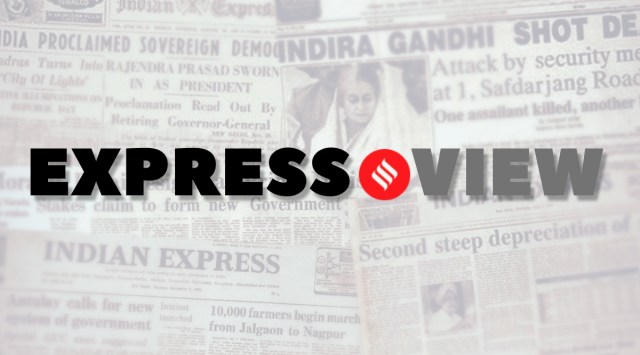
The release of a new set of data on health expenditure, the National Health Accounts Expenditure (NHA) 2018-19, should rekindle the longstanding debate on government spending in this critical sector. One of its most important findings is that government spending as a proportion of the country’s GDP went down to 1.28 per cent from 1.35 per cent in the previous year. Ipso facto, this shouldn’t be a matter of concern. As some experts have pointed out, the fall owes to an accounting correction. But this shouldn’t mitigate the concern that public spending on healthcare in India remains far from adequate. Last year’s Economic Survey noted that India ranks amongst the bottom 10 countries in terms of the prioritisation given to health in government budgets — both at the states and Centre. The government, moreover, has been consistently falling short of the National Health Policy’s objective of spending 2.5 per cent of the GDP on health — it currently spends about 1.9 per cent.
In the past four years, especially since the launch of the Ayushman Bharat programme in 2018, the Centre has taken important steps in prioritising the healthcare sector. The NHA figures do seem to give early signs that the endeavour is succeeding. People paying for healthcare expenses out of pocket (OOPE), for instance, made up 48.2 per cent of the total health expenditure in 2018-19, down from 48.8 per cent the previous year. Even then, people spent more than the government on healthcare — Rs 2.87 lakh crore or 1.52 per cent of the GDP. The NHA data show that India has a long way to go to attain the WHO yardstick of keeping out-of-pocket health expenditure to 15-20 per cent of the country’s GDP. The world’s second most populous country with a high burden of non-communicable diseases cannot provide healthcare in an equitable manner if the government remains a secondary player in the sector. Ninety per cent of the country’s hospitals, for instance, are privately run, and close to 70 per cent of them are in urban areas. This skew cannot be corrected without government intervention.
Last year, a Niti Aayog report revealed that about 30 per cent of the country’s population does not have financial protection for health. The Ayushman Bharat programme covers 50 per cent and another 20 per cent opt for private insurance schemes. The “missing middle” is the segment that isn’t eligible for government subsidies but also not rich enough to afford private schemes. It’s data such as this that the NHA figures should be co-related with to arrive at meaningful policy interventions.